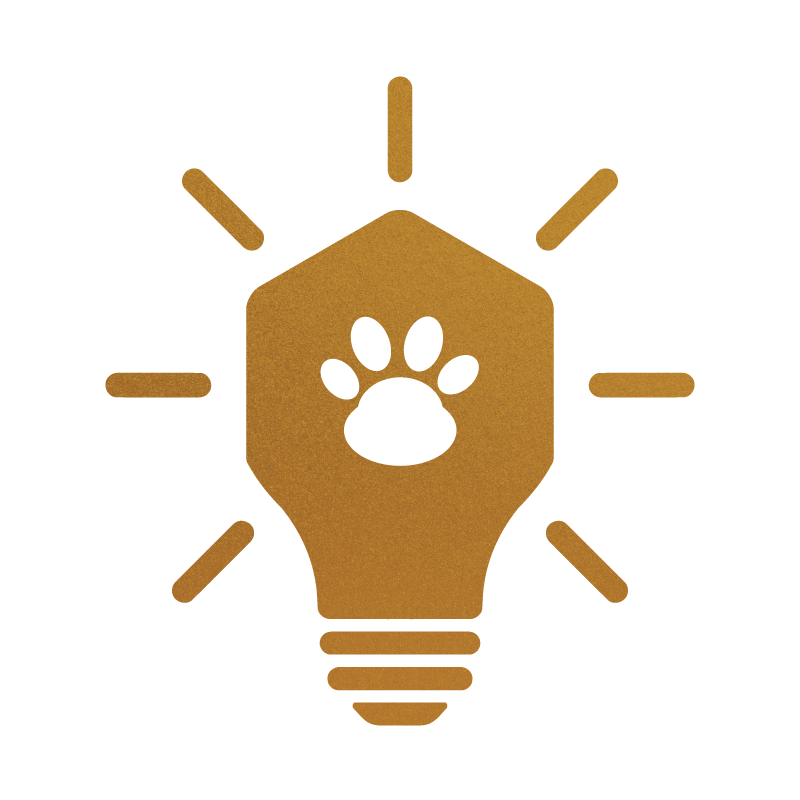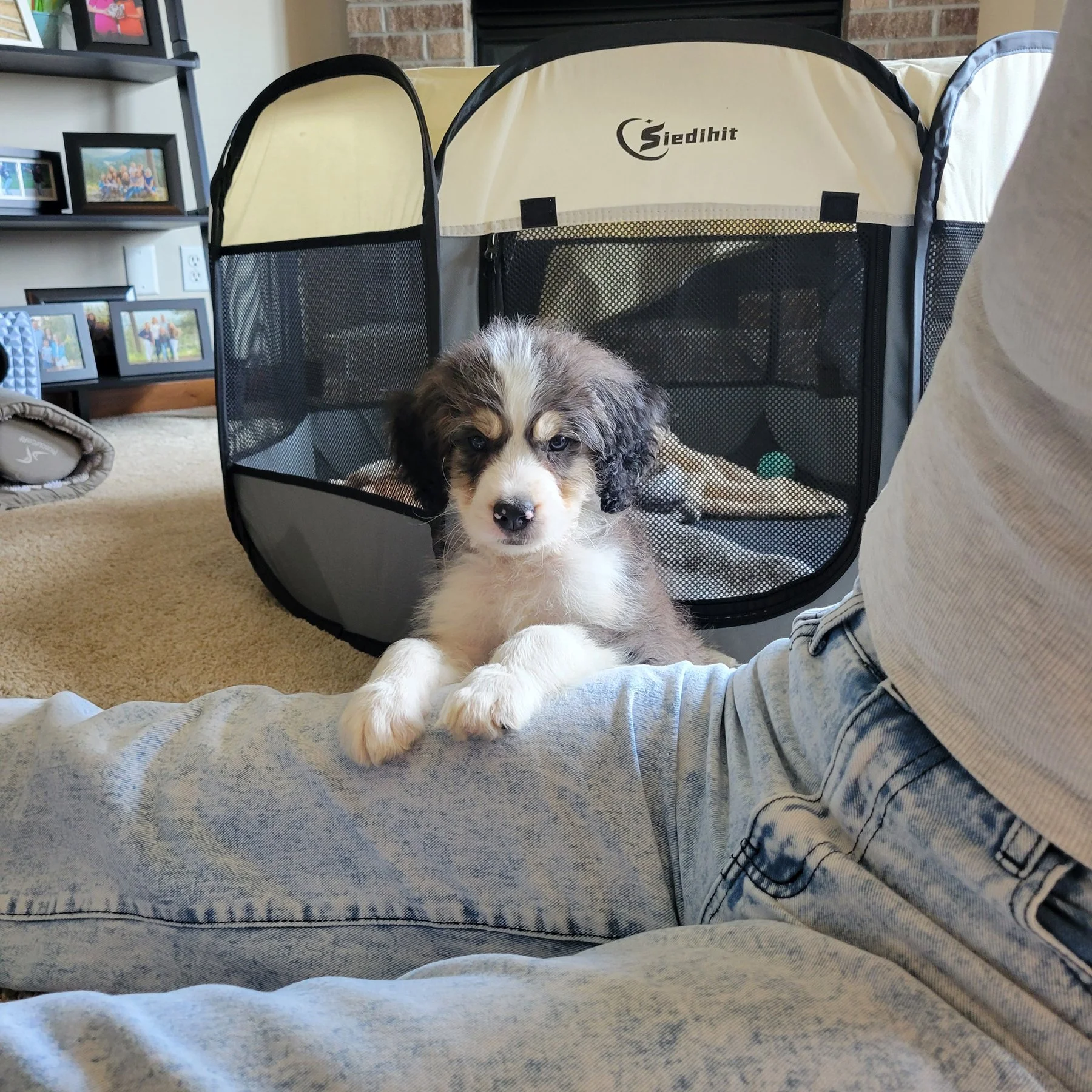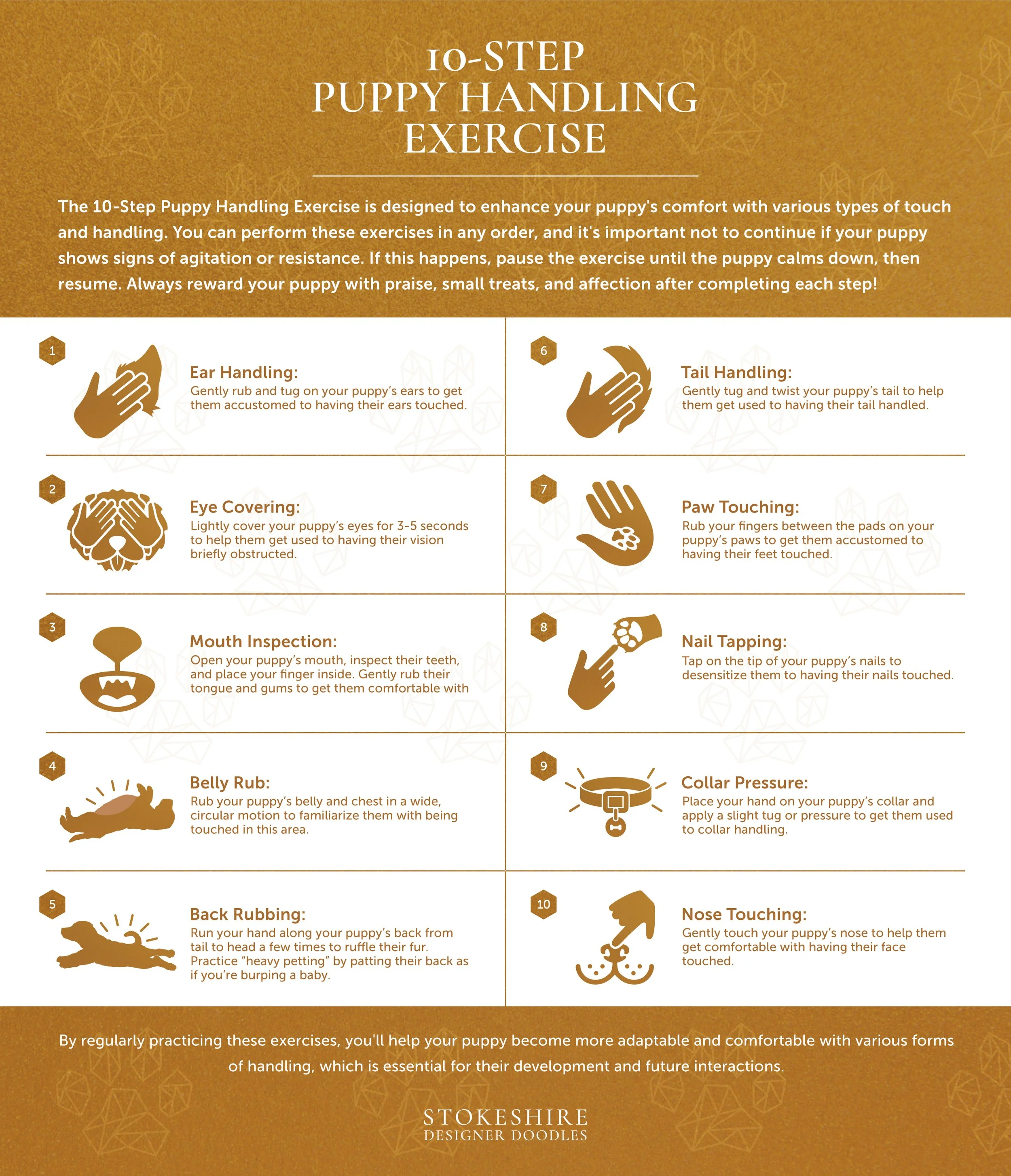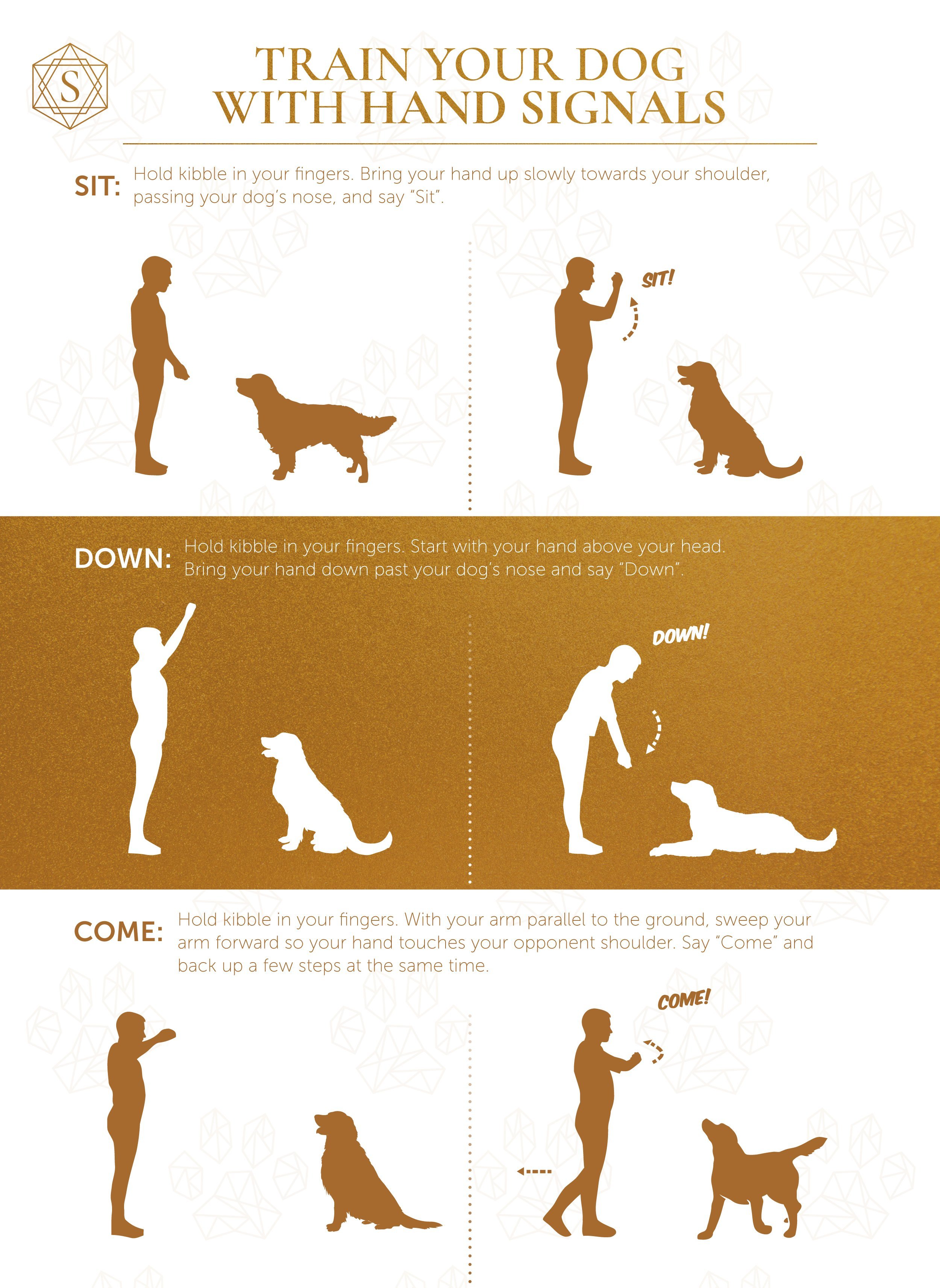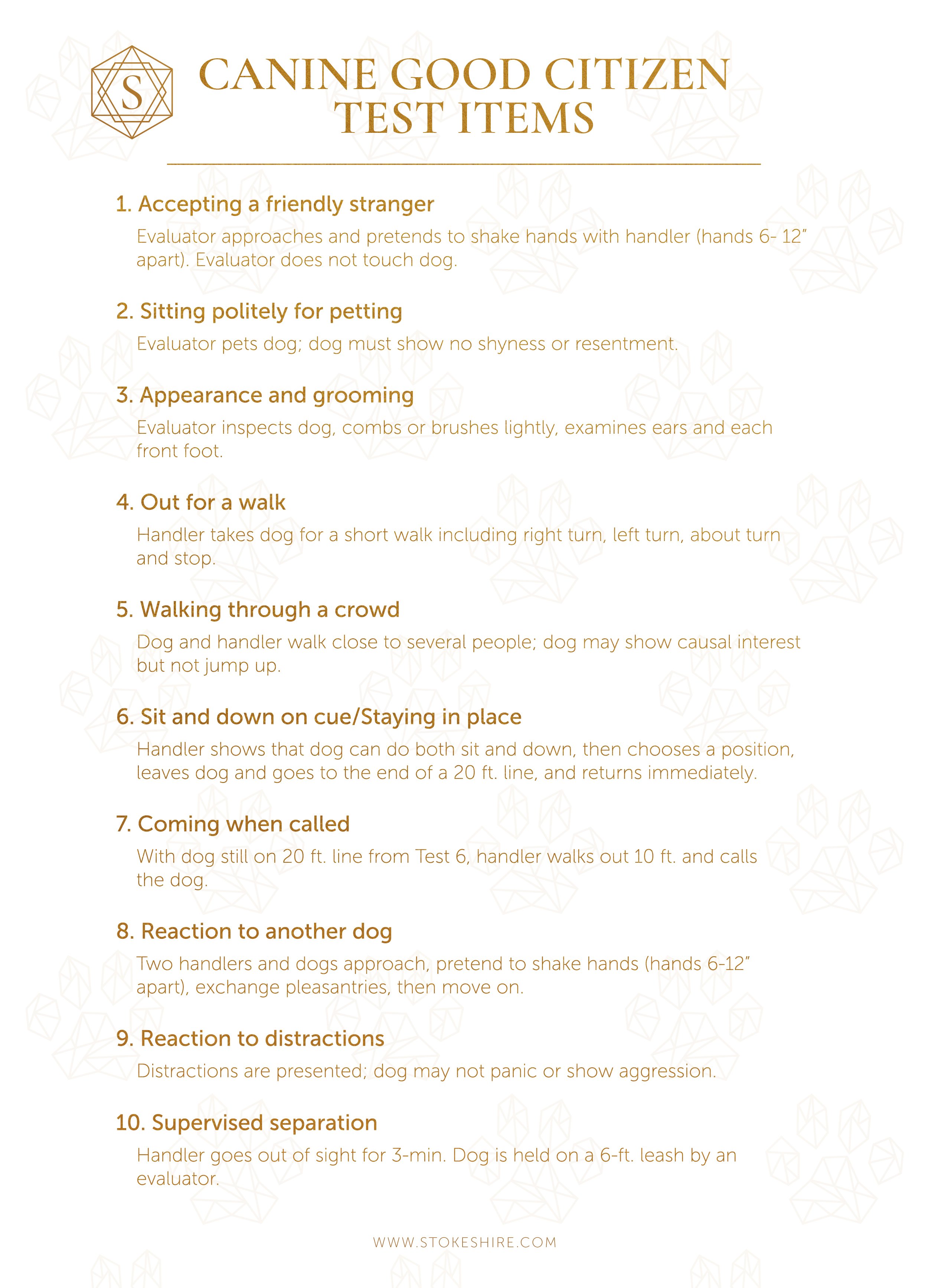Our Training Philosophy
“We believe that focusing on developing a strong bond with your puppy before doing anything else”
At Stokeshire, every puppy’s education begins with unconditional love and security. Like children, dogs form deep attachments to their caregivers, and this bond shapes confidence, behavior, and lifelong connection. Using gentle reinforcement — praise, touch, treats, and structured guidance — we create an environment where learning feels natural, mistakes are safe, and good manners flow from trust.
“The strongest relationships between dogs and humans are based on cooperation and kindness ”
What is R+ Training?
R+ stands for positive reinforcement — often called reward-based, force-free, or science-based training. The principle is simple: when a dog experiences something good after offering a behavior you like, they’re more likely to repeat it. By ignoring or redirecting unwanted behaviors, those gradually decrease. In essence, we teach dogs that making good choices brings good outcomes — and often, we ourselves become the reward.
Positive reinforcement training:
Builds trust and strengthens your bond with your dog.
Provides humane solutions to common challenges.
Reduces fear, stress, and anxiety.
Reinforces the behaviors you most want to see.
Rewards can be food, touch, play, sniffing, exploring, or anything your dog finds meaningful in the moment.
Balanced Discipline
A common misconception is that positive training means “no discipline.” In truth, humane correction is part of our balanced approach. Discipline does not mean punishment — it means guiding your dog toward better choices through alternatives and clear communication.
Corrections often look like:
Interruption
Redirection
Walking Away
Removal (Time Out)
Pressure, when used, is informational, not painful — much like a mother dog gently guiding her pup. The goal is never to punish, but to help a dog pause, refocus, and learn.
“Once our dogs have trust in us through a secure bond, we help them develop trust in themselves.”
We guide our puppies to develop essential skills — from recognizing “yes” and “no” cues, to using their remarkable sense of smell, to building an early vocabulary of human words. They are also gently introduced to new environments, people, and dogs, ensuring they grow into confident, adaptable companions.
Our Hope for You and Your Pup
At Stokeshire Designer Doodles, our vision is that every family and their puppy will one day achieve the Canine Good Citizen (CGC) certification — a meaningful milestone that reflects confidence, good manners, and harmony in every setting.
This journey is built on R+ (positive reinforcement) training, a humane, science-based approach that rewards desired behaviors and strengthens the bond between dog and owner. Far from “treats only,” positive reinforcement incorporates clear boundaries and gentle corrections, guiding dogs to make better choices with focus and trust.
Our balanced method empowers each puppy to grow into a well-rounded companion — responsive, adaptable, and a joy to live alongside. With time, consistency, and care, the CGC becomes not just a certificate, but a celebration of the bond you’ve built together.

